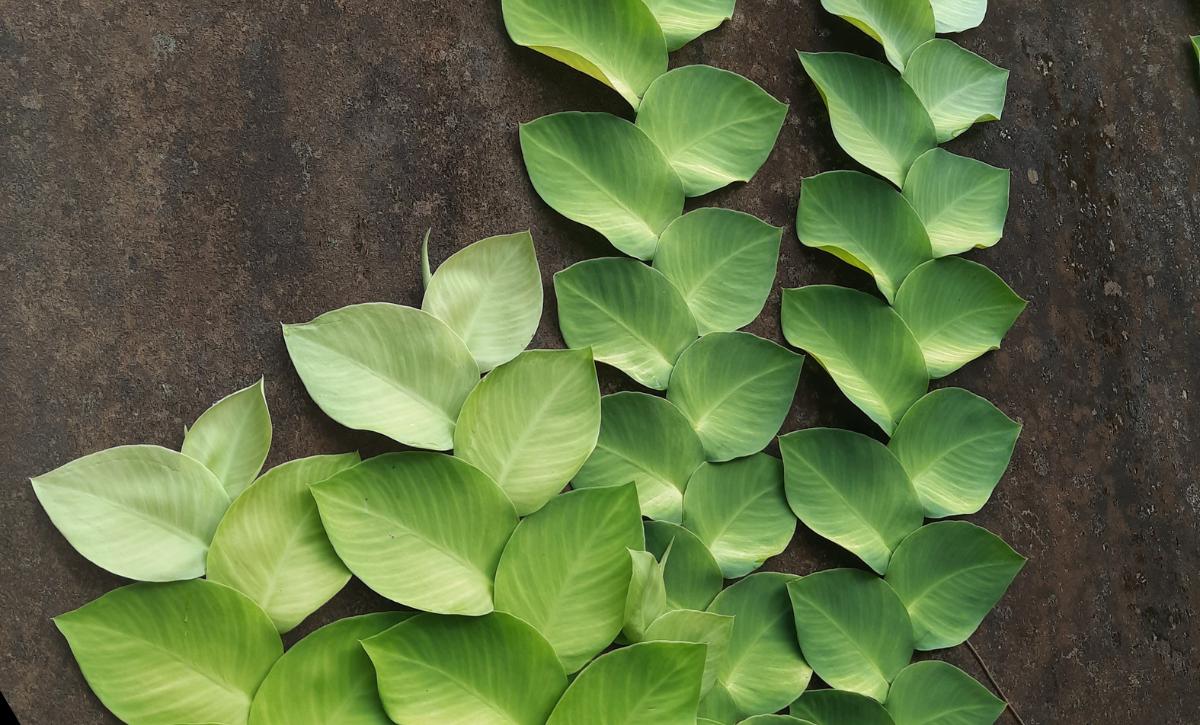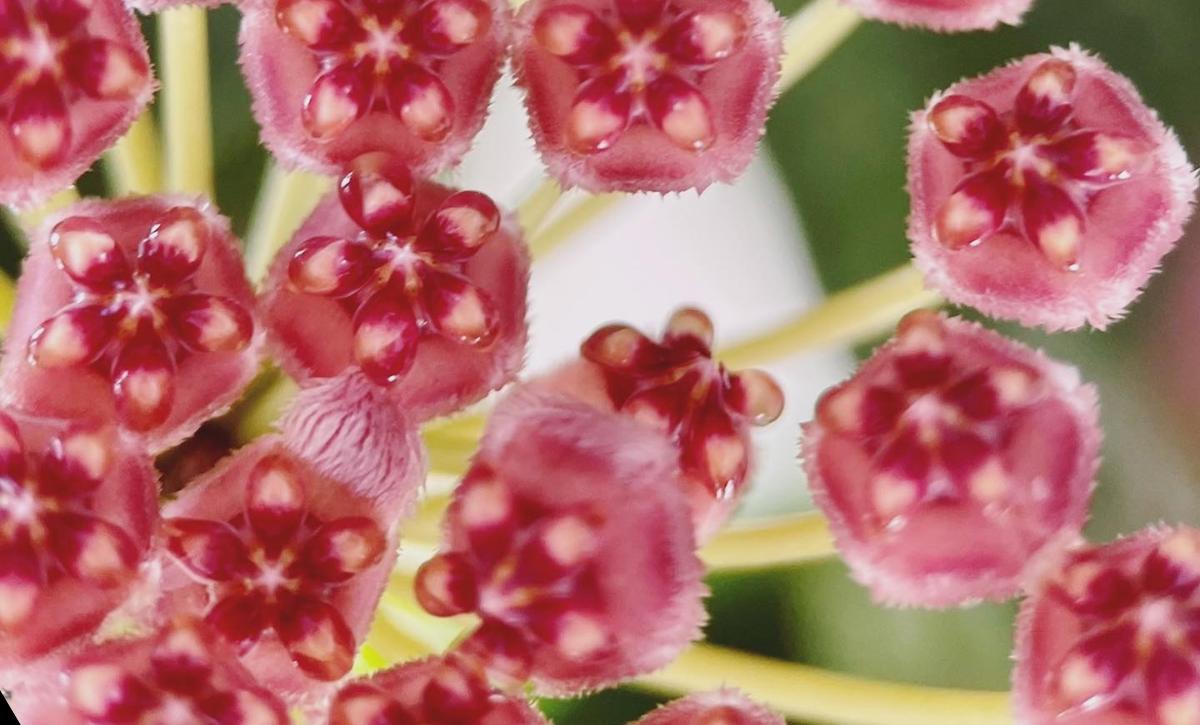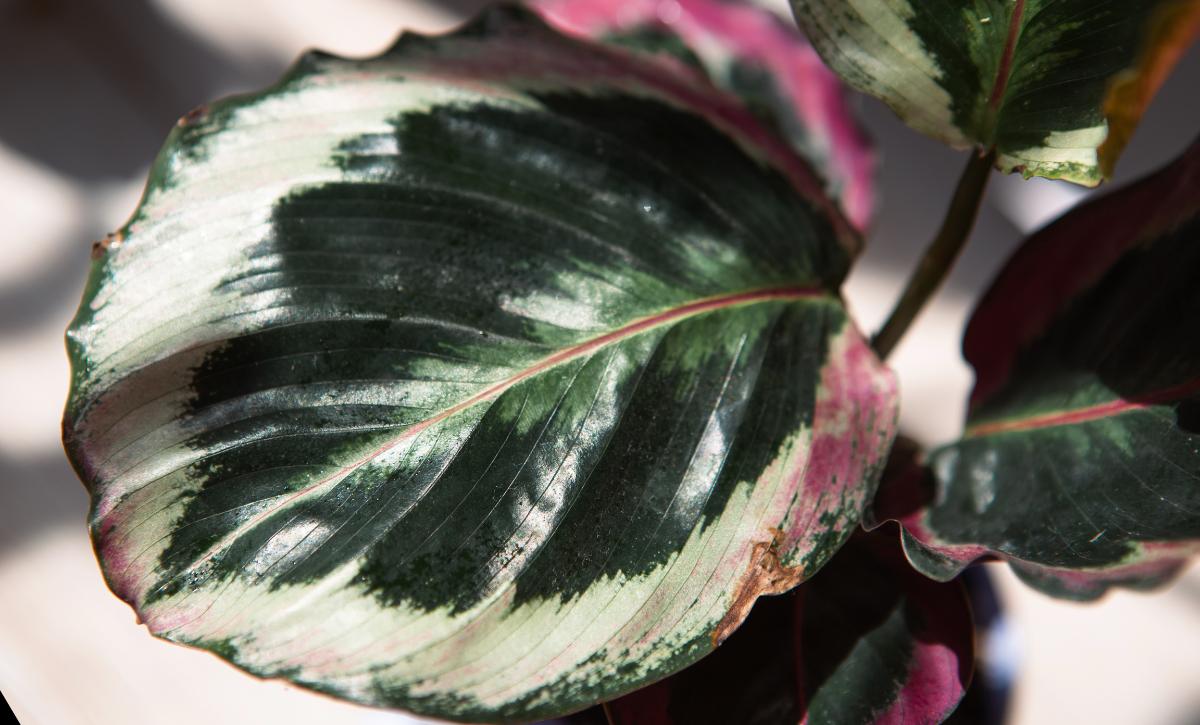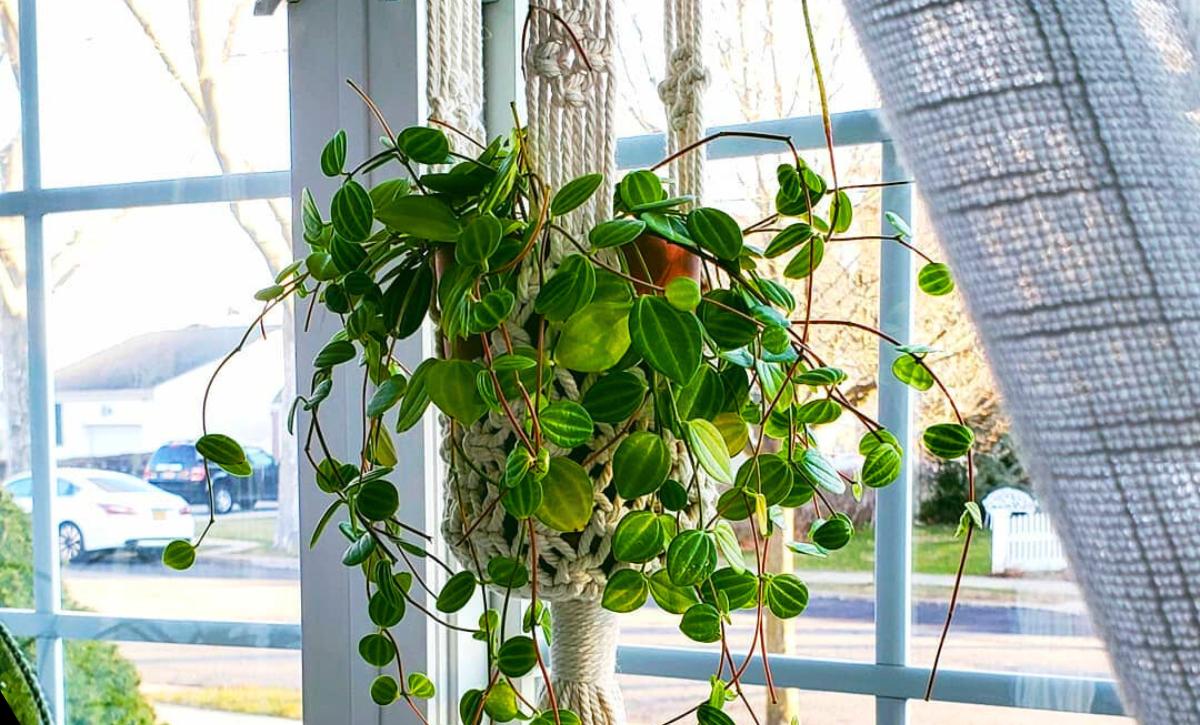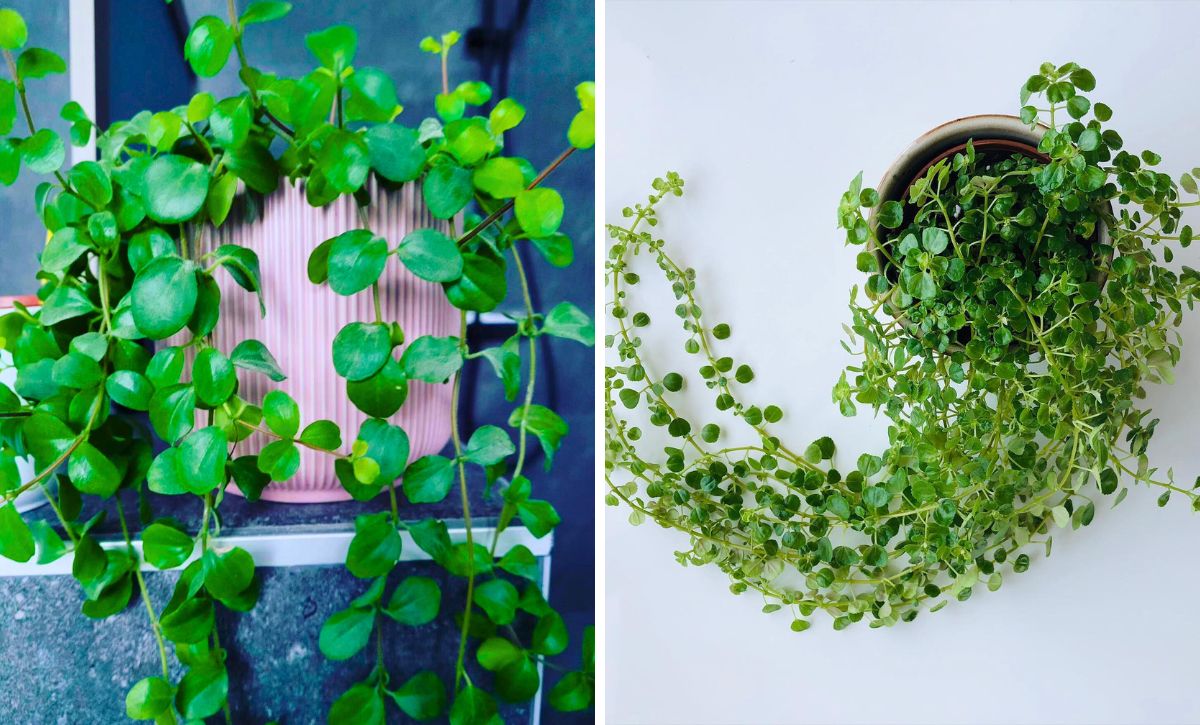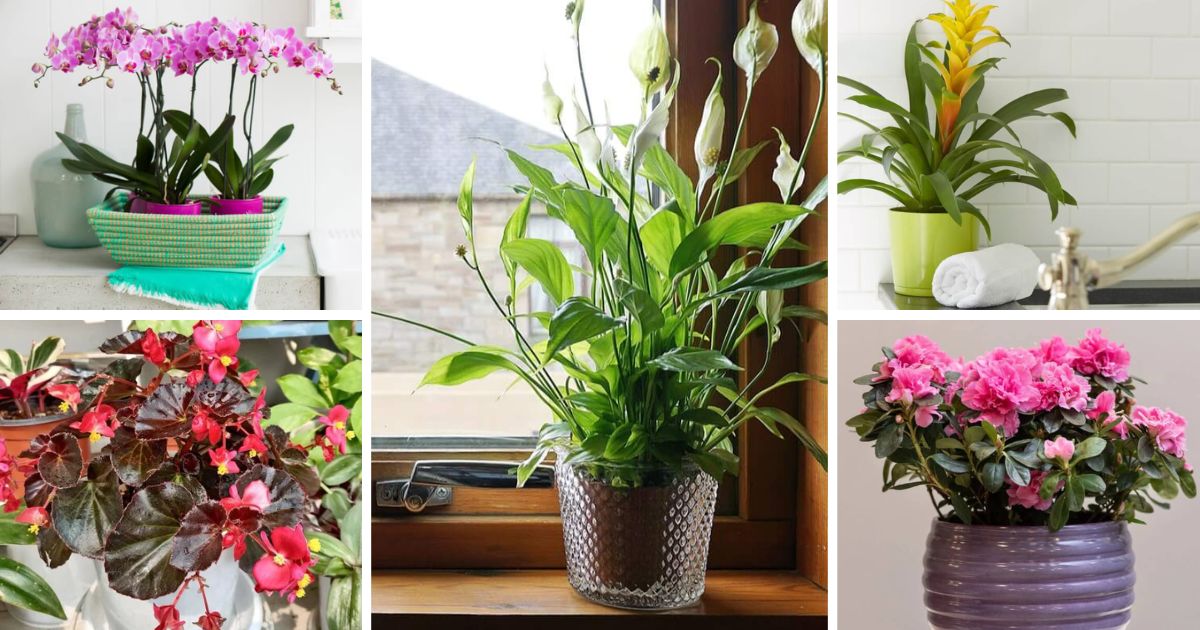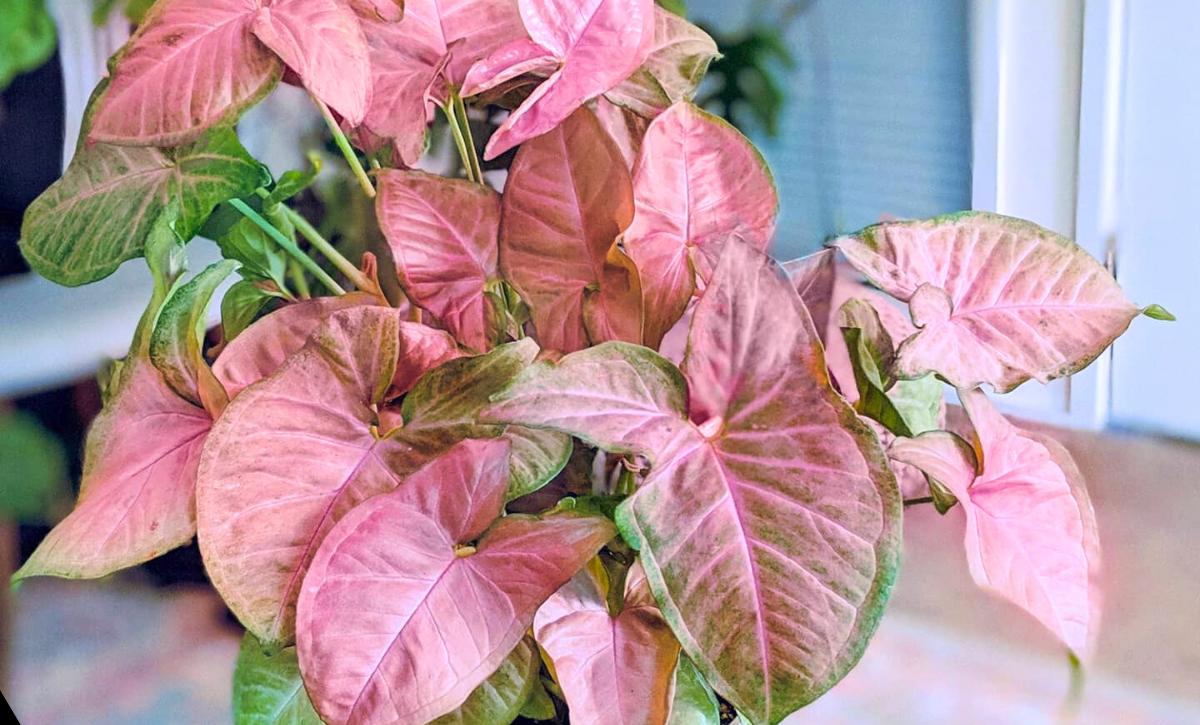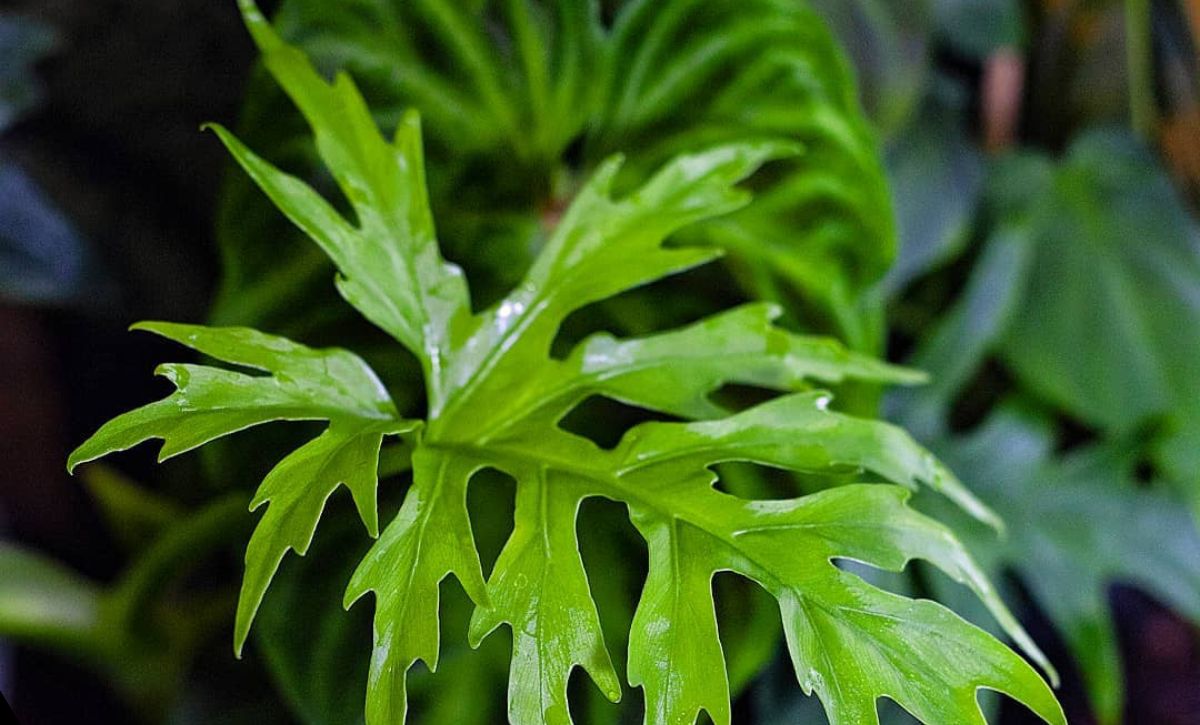Even if you’re not the greenest person, there will come a time when your plants start to die.
So, if those fiddle leaf figs and other popular houseplants aren’t making it past two weeks in your home, take heart.
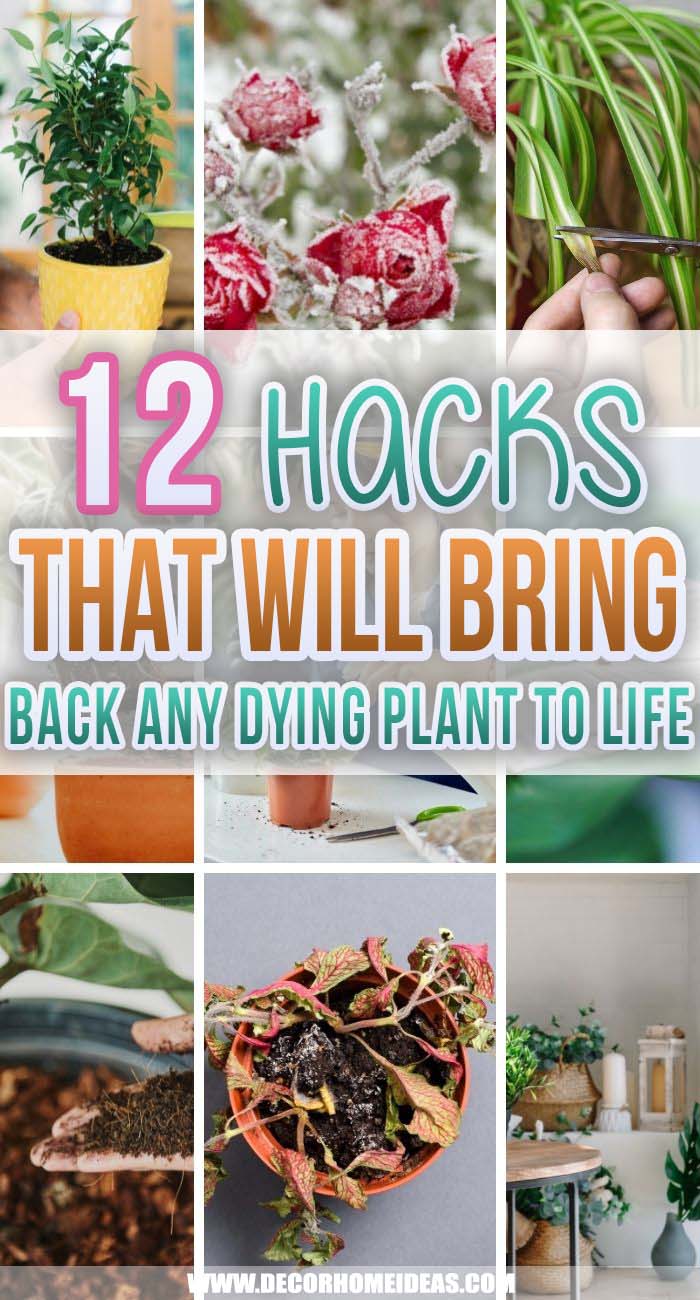
Here are 12 hacks for bringing back any plant from the dead!
1. Rejuvenate Your Plant with Compost and Aeration
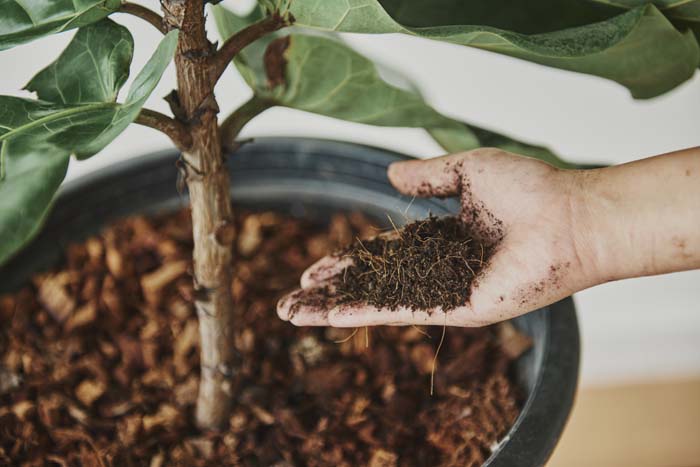
Plants need the nutrients in compost to thrive, and without them, they’re much less capable of fighting off disease.
In addition, adding a bit of quality soil will help add much-needed aeration to your plants’ roots.
So, mix compost with potting soil at a ratio of one part to two or three parts, respectively.
This will help keep your plants hydrated and cool and make them much more sustainable and healthier.
Overall, adding a bit of compost and aerating the soil is a great first step that will dramatically help your plant’s survival.
2. Keep Your Plants Healthy with Transplanting
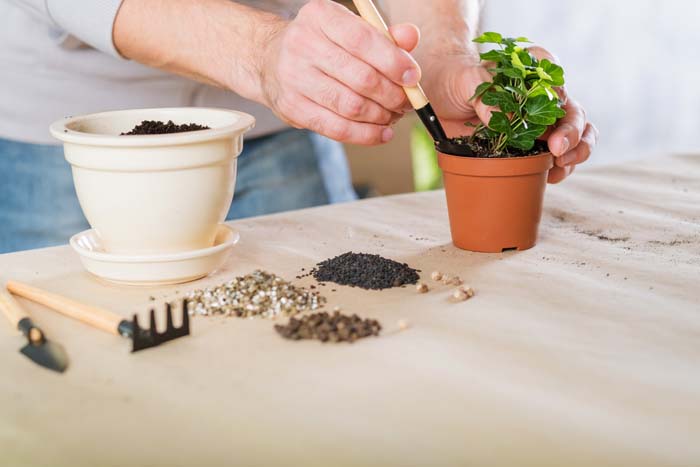
Plants in containers that are too small or made from porous materials may experience root burn. If you haven’t changed the pot in over a year, that’s likely the problem.
If you’ve been using plastic pots, switch to terracotta or heavy glazed ceramic pots—they’ll retain moisture and help prevent your plants from drying out, allowing the roots enough space to grow.
Overall, you’ll want to ensure that the plant is in the right size pot, that it’s not made of porous materials, and that you’re changing its current pot out for a new one every few years.
3. Keep Track of Disease and Fungus Problems Regularly
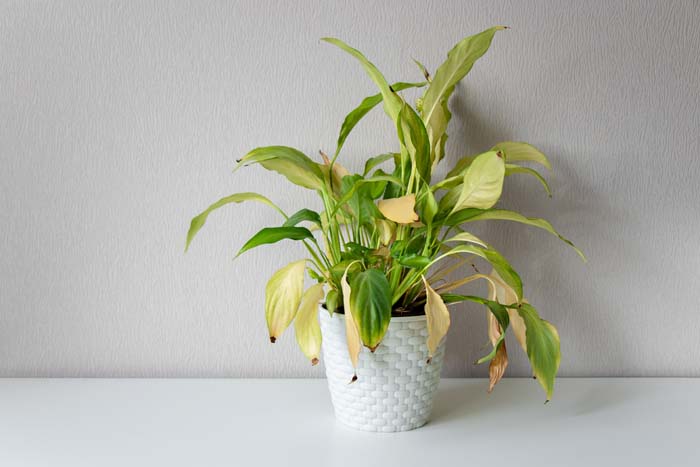
Disease and fungus can be particularly dangerous for plants, as they’re very difficult to treat. Therefore, it’s important to address issues immediately.
First of all, check the infested area of your plant to make sure you haven’t missed a spot during herbicide application. If this is the case, you’ll need to use insecticidal soap or a neem-based product.
If the problem is a fungus, you’ll need to spray your plant with a fungicidal soap of chamomile, sulfur, or neem oil. If it’s overwhelmed with disease (i.e., brown spots and shriveling), prune away the infected area and leave the rest of the plant intact.
Overall, you should immediately address fungus and disease issues to ensure your plants’ safety before they become too much of a problem.
4. Revive Your Limp Plant with Watering
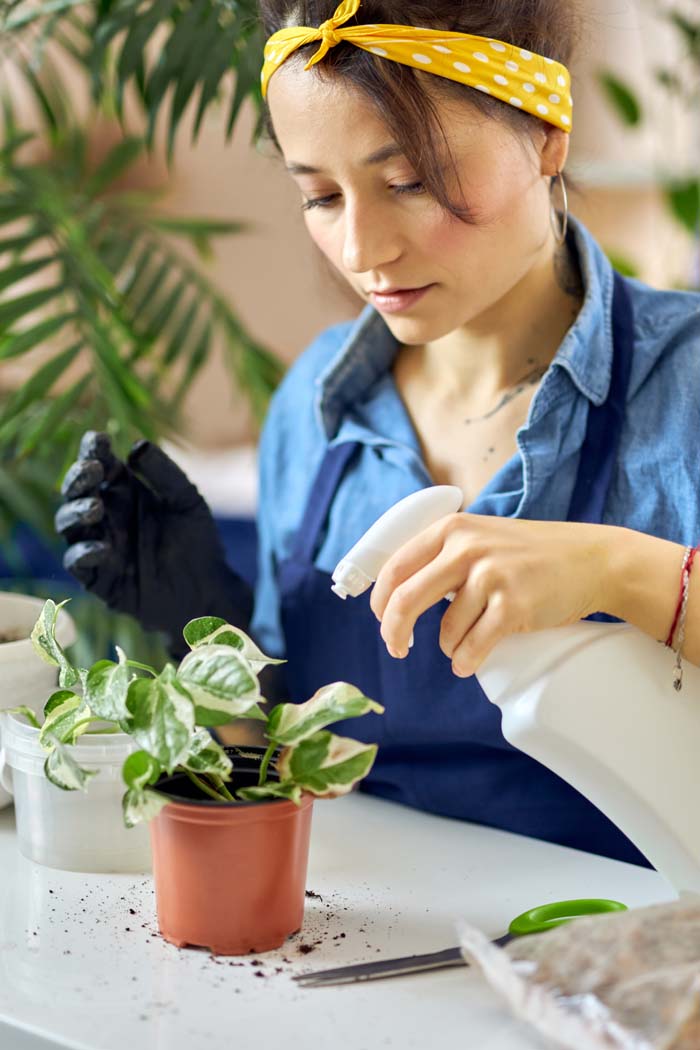
If the plant is looking a little limp or shows signs of yellowing, shedding leaves, or flowers, it might just require a good amount of water. Let the soil dry out before you water your plant for maximum effectiveness.
You can place the plant in an area with plenty of humidity near a steamy kitchen or bathroom.
Humidity will help your plant get back to its original state of lushness by keeping the leaves hydrated and nourished.
Overall, you’ll want to ensure that your plant is getting enough water. If it’s yellowing, shedding leaves, or looking limp, give it a good shower.
5. Maximize Growth With Minimal Fertilizer Usage
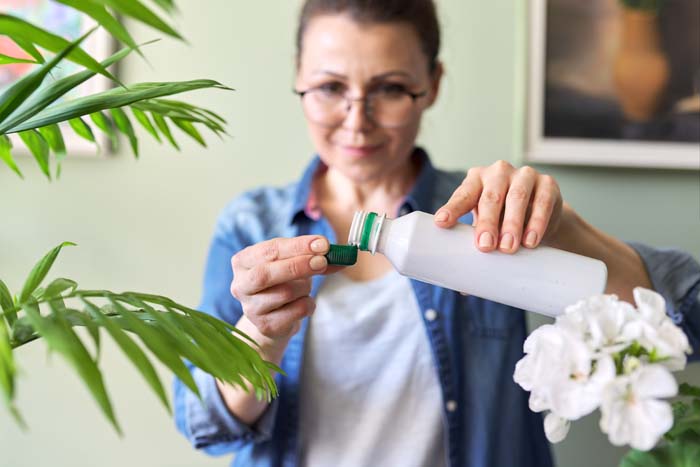
Take it easy with the fertilizers. If your plant’s leaves are blackened, brown, or yellowing, you may have added too much fertilizer to the soil, causing more harm than good.
Apart from plants that flower during winter, most plants need fertilization once a month during the growing season and only every three months in the more dormant seasons of autumn and winter.
A little goes a long way in fertilizers, so add it sparingly and expect the best results.
6. Transform Dead Branches with Epicenter Mutation
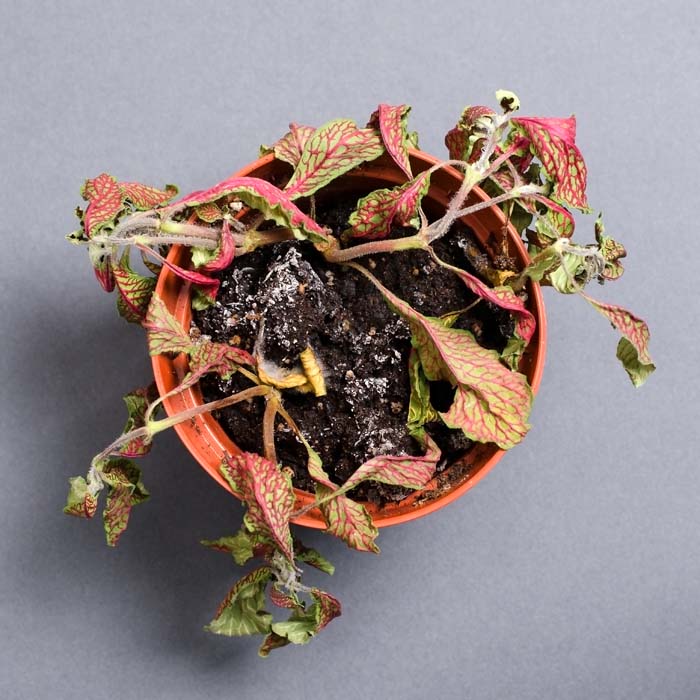
With some plants, the lower part of the stem will develop roots if left alone. However, cutting off too much of a plant’s root system can kill it.
If a branch dies, prune it back to a live area, preferably 5-7 centimeters above the soil and wait for new growth – it may take a while, but that part will eventually sprout again.
This solves the problem of dead flowers and leaves. Instead, they will sprout again; this process is called epigenetic mutation and happens in plants just like it does in people: over time, the genetic coding in cells can be altered and change a plant’s structure and appearance.
7. Get Rid of Pests for Healthy Leaves and Roots
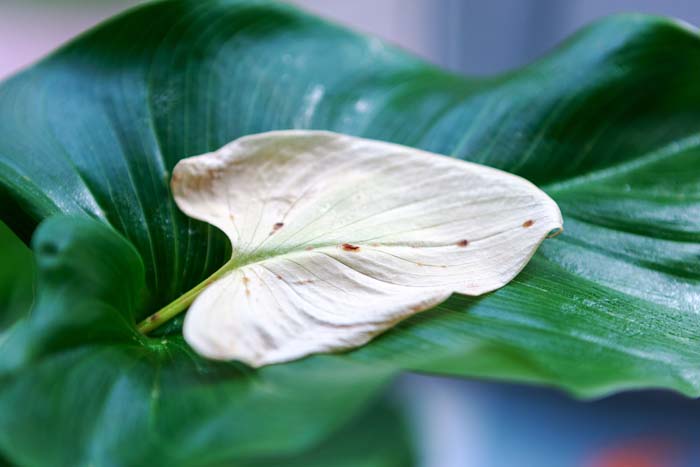
Pests can be a big problem for plants, especially if they eat away at your plant’s leaves or roots.
So be on the lookout for signs such as curled-up leaves, holes in the leaves, abnormal growths, deformed and discolored foliage, and bugs, of course.
Solving this problem will require a mild insecticidal soap solution in water.
8. Rescue an Overwatered Plant with Replanting
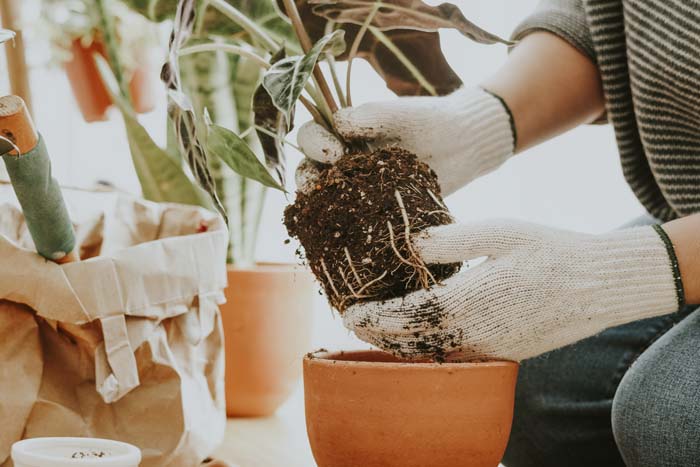
If your plant shows signs of wilting, has dead-looking brown or yellow leaves or roots that have begun to grow out of the pot’s drainage holes, you might have accidentally overwatered your plant.
The best solution is to re-pot it into a smaller pot and cut back on water until the plant recover.
9. Save Your Wilting Jasmine Plants with Frost Protection
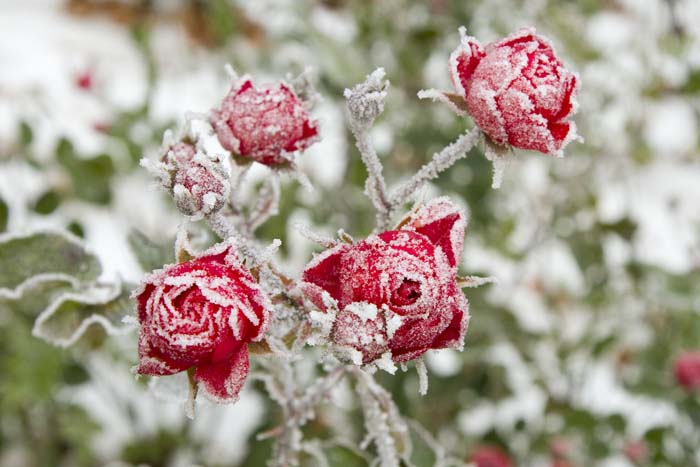
Plants that have been damaged by cold weather may not recover. Jasmine plants are especially vulnerable to frost damage.
If you see your jasmine plant is wilting under the weight of its flowers, make sure to remove them and find a new location for it outside.
Reviving a dying Jasmine plant requires you to cut off the stems right at the wilting point and plant it in new soil. Cover the plant with a frost blanket to protect it from the frost until the weather warms up.
10. Provide Your Plants with Enough Sunlight
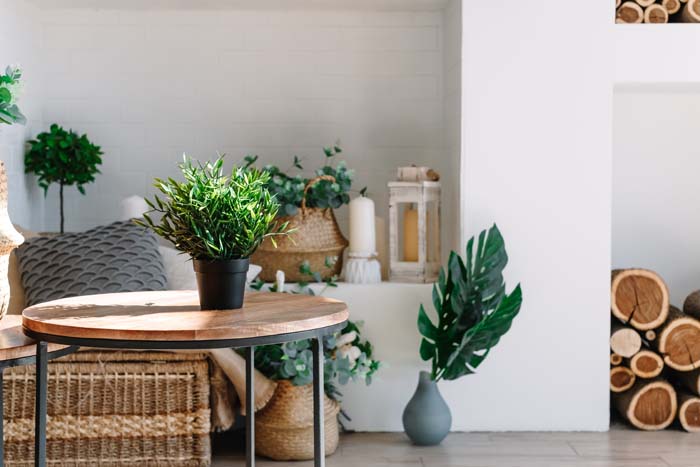
The location of your plants is just as important in preventing plant diseases, disorders, and death.
This is because different types of plants need different amounts of light.
Extreme cold or heat can also damage plants. Find a spot with mild temperatures to prevent your plant from wilting, yellowing, or dying.
Some plants even need direct sunlight, so unless you want to keep moving your plant around to follow the sun, look for a spot in partial sunlight.
11. Protect Healthy Leaves with Trimming Dead Ones
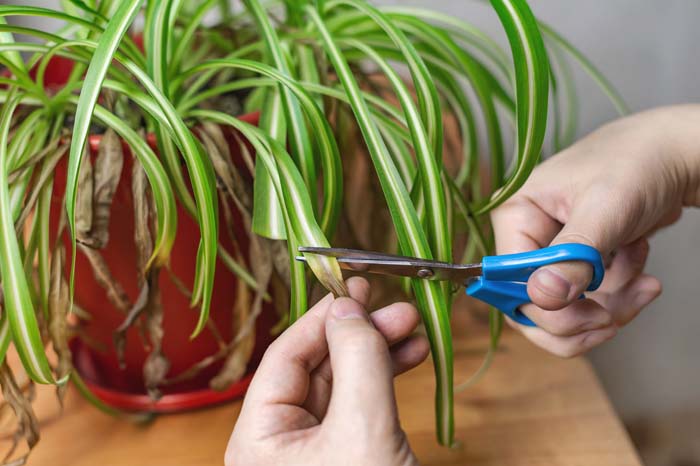
If you notice your plant is wilting and there is no sign of bugs or diseases, it most likely needs a little trimming. Instead of cutting off the entire stem, only cut back on the dead or dying branches.
This will help redirect energy to healthy parts of the plant, giving it a better chance at life. Also, if your plant’s roots are showing, you can dust some soil over them to protect them from the elements.
12. Use Filtered Water to Avoid Chlorosis
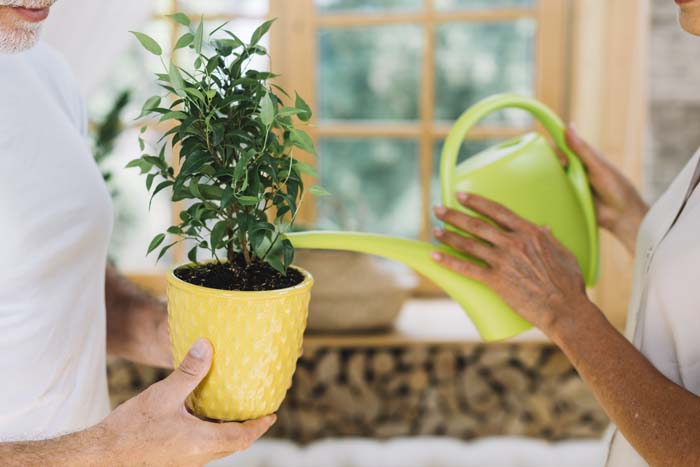
The fluoride in tap water can cause the yellowing of your leaves. If this is the case, use water from reverse osmosis or a filtration system for watering your plants. Bamboo, for instance, can die from too much fluoride.
Do not add fertilizer to the soil when you are giving them filtered water. Avoid adding anything to the soil and just let the plants absorb what they need through their leaves.
Use rainwater, spring, well, or install a water tank for collecting rainwater.
In conclusion, not only will these techniques bring back dying plants, but they’ll also save you time and money.
Much of the process is very simple, and anyone can do it. Additionally, most of these tips are effective because they’re common sense.
Sometimes, people get caught up in overthinking how to care for their greenery (i.e., giving them too much water or not enough sun).
Plants tend to do better when you trust their instincts and let go of your demands for their survival.

